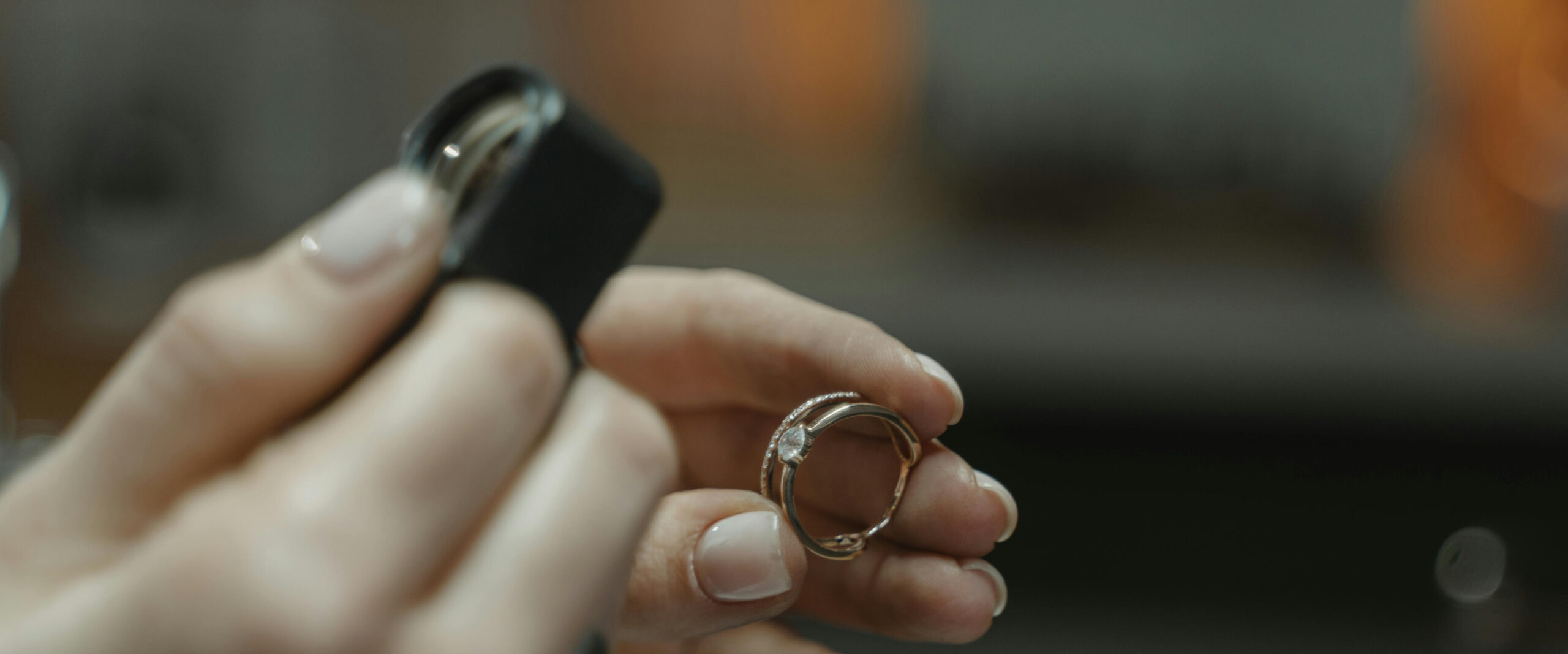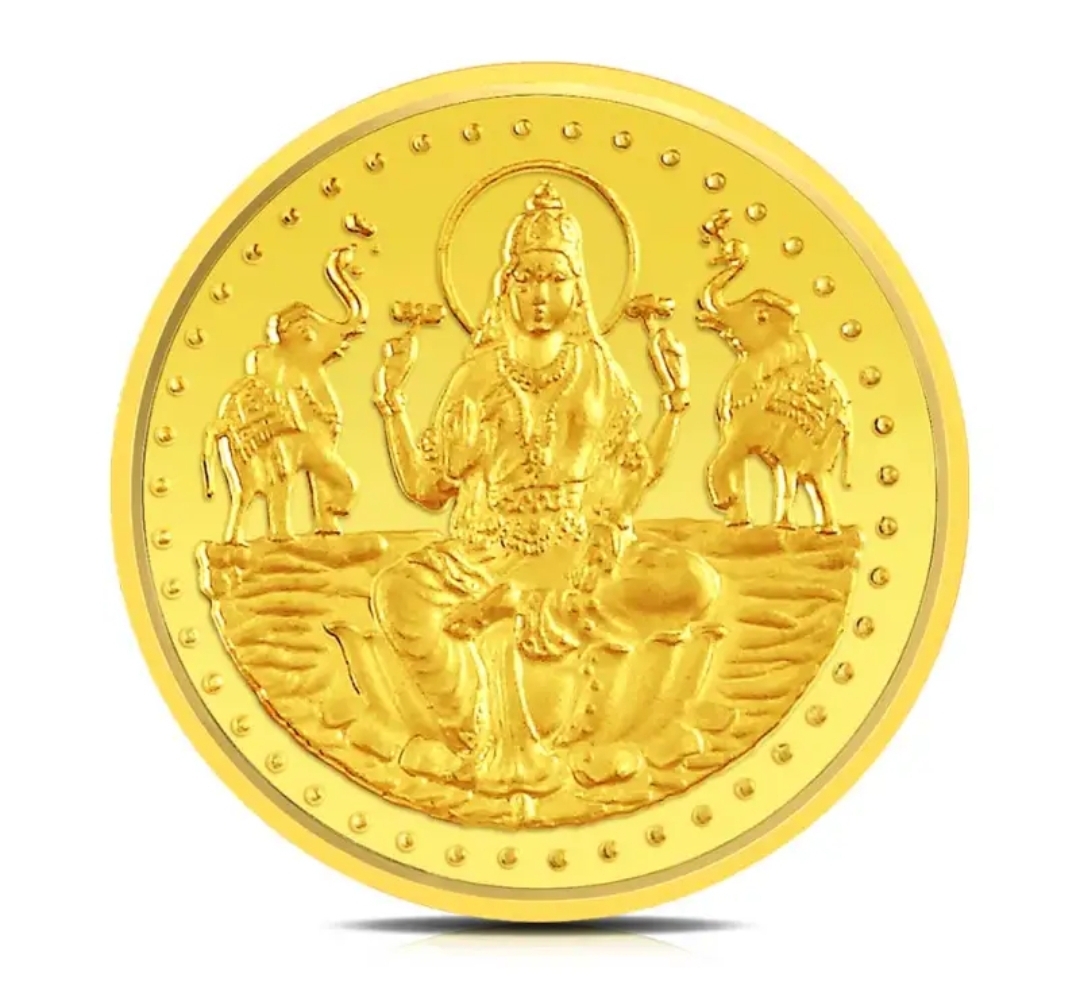Introduction
In India, jewelry is not merely an accessory; it is a cherished asset, a symbol of tradition, and often, a family heirloom. Authentic pieces hold intrinsic and sentimental value. However, the Indian market is rife with counterfeit items designed to deceive even the most discerning buyers. Distinguishing genuine from fake jewelry requires knowledge and a meticulous approach. This guide will illuminate seven reliable methods to discern authentic jewelry from impostors.
- Examine the BIS Hallmarks
- Understanding BIS Hallmarks:
The Bureau of Indian Standards (BIS) hallmark is a reliable indicator of purity and authenticity in gold jewelry. Introduced by the Government of India, this hallmarking system ensures that the metal used meets national and international standards. Look for the BIS logo, a triangle mark, and the fineness number indicating the purity of the gold.
- Common Hallmark Symbols in India:
In addition to the BIS logo, you might see symbols such as the jeweler’s identification mark and the year of marking. For example, 22 karat gold will be marked as “916” (denoting 91.6% purity). Familiarizing yourself with these symbols is essential for identifying genuine jewelry.
- Inspect the Craftsmanship
- Signs of Quality Workmanship:
Authentic Indian jewelry is renowned for its intricate designs and superior craftsmanship. Smooth edges, secure settings, and detailed work are hallmarks of quality. Genuine pieces reflect meticulous attention to detail, often evident in the symmetry and finishing of the design.
- Indicators of Poor Craftsmanship:
Fake jewelry often exhibits poor workmanship. Look for rough edges, loose stones, and asymmetrical designs. These imperfections indicate a lack of precision and are typical in counterfeit items.
- Test the Metal
- Acid Testing:
Acid tests can verify the authenticity of metals. By applying a small drop of acid to a metal sample, you can observe the reaction. Genuine gold will not react significantly, whereas counterfeit metals might show discoloration or other changes. It’s a commonly used method in Indian households and jewelry shops.
- Magnetic Testing:
Magnetic tests are another straightforward method. Precious metals like gold and silver are non-magnetic. If a piece is attracted to a magnet, it is likely a fake or contains a high percentage of non-precious metals, which is a common issue in the Indian market.
- Assess the Gemstones
- Understanding Gemstone Quality:
Real gemstones have unique properties, including specific hardness levels, inclusions, and refractive indices. In India, gems like diamonds, emeralds, rubies, and sapphires are popular. Understanding the characteristics of these stones can help in identifying authentic gems.
- Common Fake Gemstone Techniques:
Imitation gemstones often exhibit telltale signs. Synthetic gems may have bubbles or unnatural colors. For instance, cubic zirconia is often used to mimic diamonds but lacks the same brilliance and hardness. In India, it’s also common to encounter glass-filled rubies or heat-treated sapphires sold as natural stones.
- Check for Weight Discrepancies
- Importance of Weight:
Weight is a critical factor in authentic jewelry. Precious metals and genuine stones have specific densities that give them a distinct heft. Authentic pieces, particularly gold jewelry, will generally feel heavier than their counterfeit counterparts.
- How to Measure and Compare:
Using a precise scale, you can measure the weight of the jewelry. Comparing this to standard weights for similar items can help identify fakes. Significant discrepancies are often indicative of counterfeit materials. This method is particularly useful for gold, where purity affects weight.
- Research the Seller
- Trusted Sellers vs. Unknown Sources:
Purchasing from reputable jewelers reduces the risk of buying fake items. Established sellers in India, like J Mittalal Thanga Maligai (JMT), typically offer guarantees of authenticity and have a track record of trustworthiness.
- Reading Reviews and Seller Reputation:
Online reviews and ratings can provide insights into a seller’s reliability. Beware of sellers with numerous negative reviews or complaints about authenticity. Additionally, word-of-mouth recommendations are highly valued in India and can be a reliable indicator of a seller’s trustworthiness.
- Use a Jeweler’s Loupe
- What to Look for with a Loupe:
A jeweler’s loupe magnifies small details that are not visible to the naked eye. With this tool, you can inspect the jewelry for hallmarks, craftsmanship, and any imperfections in the metal or gemstones. It’s particularly useful in identifying the tiny BIS hallmark.
- Identifying Flaws and Inconsistencies:
Under magnification, fake jewelry often reveals its flaws. You might notice uneven surfaces, poorly set stones, or artificial coloring that is otherwise undetectable. These inconsistencies are indicators of counterfeit items.
- Get a Professional Appraisal (Bonus Tip)
- Benefits of a Professional Appraisal:
A professional appraisal provides an expert evaluation of your jewelry’s authenticity and value. Appraisers have the training and equipment to detect even the most convincing fakes. In India, appraisals are often done by reputable jewelers and gemologists who are recognized by industry bodies.
- How to Find a Reputable Appraiser in India:
Look for appraisers who are certified by recognized organizations, such as the Gemological Institute of India (GII) or the Indian Gemological Institute (IGI). Verify their credentials and reputation to ensure you receive a trustworthy appraisal.
In conclusion, the ability to distinguish genuine jewelry from counterfeits is invaluable, especially in a market as diverse and complex as India’s. By examining BIS hallmarks, craftsmanship, and using various testing methods, you can protect yourself from deception. Always research sellers and consider professional appraisals to ensure the authenticity of your precious adornments. For those seeking trustworthy sources, J Mittalal Thanga Maligai (JMT) stands out with a reputation built over 92 years. JMT offers certified and hallmarked jewelry, ensuring quality and authenticity that buyers can rely on.


